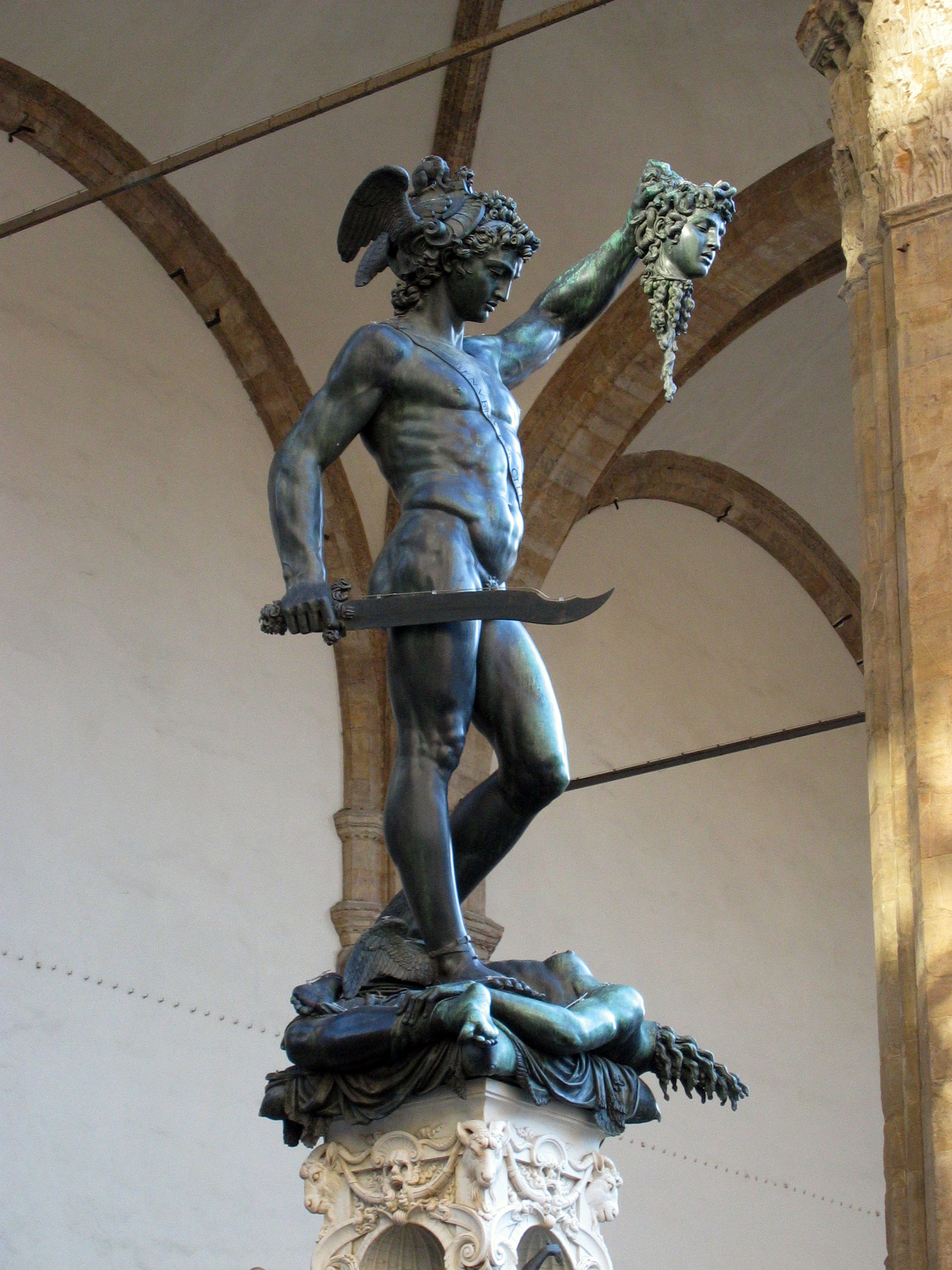In this second part of the film, Batman is going through a series of "trials" along with Commissioner Gordon and district attorney Harvey Dent. This is a section of the Hero's Journey as postulated by Joseph Campbell. Another scene in this part of the film is Bruce Wayne "receiving" new gadgets and a briefing from his company associate Mr. Fox who also designs Batman's equipment, which is a part of the hero's journey where the hero receives some "magical" equipment to help him in his task. With the new equipment, he flies to Hong Kong and orchestrates a dangerous plan that ultimately kidnapped Lau, the accountant, and brought him back to Gotham City. Another trial is when the Joker announces that innocent people will die each day unless the Batman revealed himself. The Joker gives various clues to indicate which people will be targeted and so Batman tries to stop them from dying with the help of Commissioner Gordon. However, while two of the three targets die, the last one, Harvey Dent, manages to escape due to some quick thinking on Bruce Wayne's part and the Batman emerges to confront the Joker and the assassins after Dent. The confrontation ends after Batman saves Rachel from falling to her death. Another trial occurs when after a series of events where one of the mob bosses, Sal Maroni makes Batman realise that people are dying because Batman refuses to reveal his identity. Coming to terms with this was another trial for the dark knight albeit in an emotional sense. Another part of the Hero's Journey found in this part of The Dark Knight is while Dent is not actually Batman or the major hero, when Dent claims he is Batman and is put into custody, it represents the "fall" of the hero or something along the lines of the "Apostasis" stage in Campbell's mono myth. Another stage of the mono myth shown in this part of the film is "Atonement", without the father. Batman basically realises, or atones for, his sins by planning to reveal himself. However, that is thwarted when Dent reveals himself to be the Batman.
Like what Snyder said in his interview with The Japan Times, Superman doesn't get a lot from humanity by saving the world, and this is more so for Bruce Wayne and Batman. Even though Bruce Wayne is extremely wealthy, Batman is an outcast, as Alfred says, but only the Batman can "make the choice that no one else can make. The right choice." But besides making the right choice, Batman doesn't gain the gratitude of the masses by saving Gotham becoming overrun by criminals. Like the way Harvey Dent is "the hero with a face", Batman is, perhaps, the true hero working behind the scenes. This particular part of this movie is really interesting because Dent is the "white knight" who is the public hero and In addition, the way there are Judeao-Christian themes that are prevalent in The Man of Steel, there are a lot of archetypes in The Dark Knight. For example, Alfred is the teacher and advisor, Mr. Fox is the "divine entity" that supplies the hero with equipment do his task, and the Joker is the monster that the hero must slay to achieve his goals and ultimately, transformation of consciousness.




